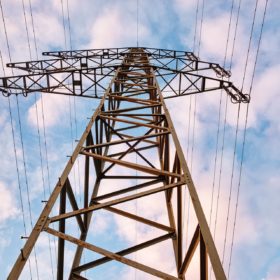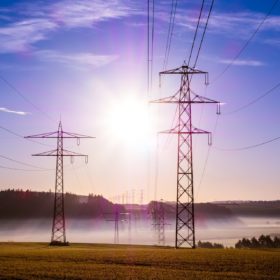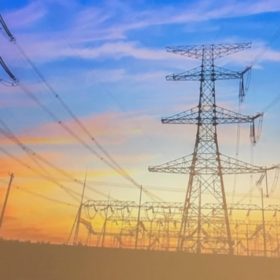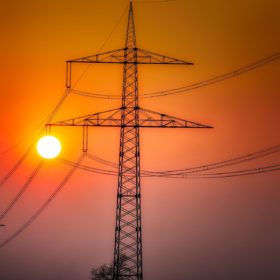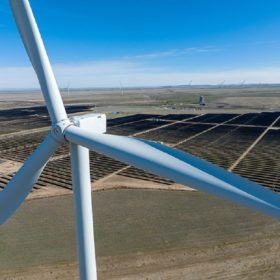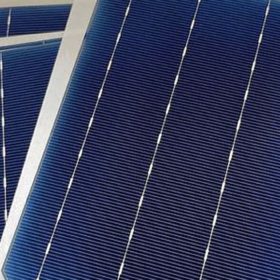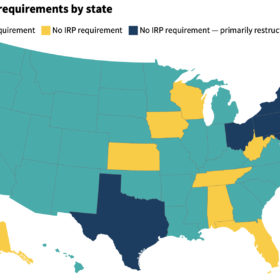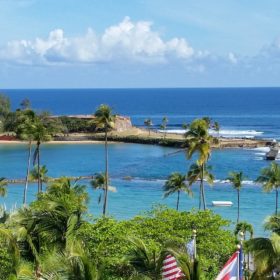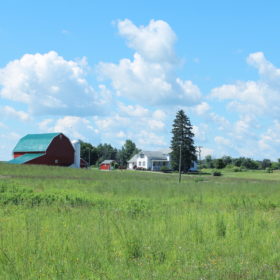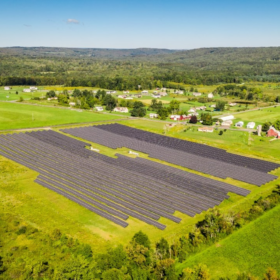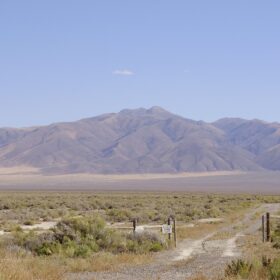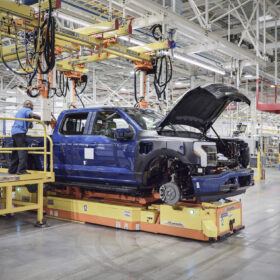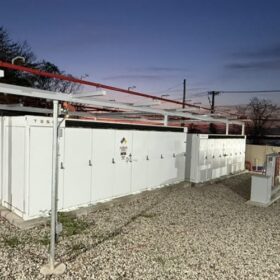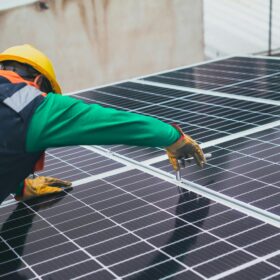California evaluates impacts of an RTO and its effects on state energy goals
A report requested by California’s legislature discusses both expected cost savings from expanding the state’s grid operator into a regional transmission organization, and a potential loss of state policy control.
Credit renewables and storage fairly for their capacity value, says ESIG
An Energy Systems Integration Group report calls for improved approaches to crediting resources for their capacity contribution, starting with fair treatment for all resources.
SEPA survey shows utilities’ favored approaches to become carbon-free
The Smart Electric Power Alliance survey reports utilities’ progress on actions that can support the deployment of solar, wind and storage.
ERCOT advanced 15 GW of solar in 2022, moving 5x faster than other RTOs/ISOs
Texas grid operator ERCOT advanced interconnection requests for 15 GW of solar projects last year, with three other grid operators advancing 9 GW. CAISO completed phase 1 studies for a large cluster of projects, while PJM and ISO-NE stayed mum on their progress.
Price-responsive demand can accelerate renewable generation
With increasing adoption of electric vehicles and heat pumps, whose demand can be flexible, “marrying” that trend with the upward trend of variable renewable generation “could accelerate both,” said a paper from the Energy Systems Integration Group.
13 European PV equipment makers pitch their machines to U.S. PV manufacturers
A $1 to $1.5 billion U.S. market opportunity awaits PV equipment manufacturers through 2030, said a McKinsey consultant, at a Washington D.C. event that brought together potential equipment buyers and sellers.
RMI says utilities should model and plan for distributed solar adoption
Some utilities are using models to project the adoption of distributed solar and storage, and counting distributed resources in their planning process. Others should do the same, says the nonprofit RMI.
Puerto Rico could approach 40% renewables by 2025
Rapidly deploying 5.2 GW of planned solar and storage in Puerto Rico to reach 36% renewables, a possibility raised in a report by six national laboratories, would require an improvement in the Puerto Rico utility’s practices, which involve delays at several steps of the procurement process.
USDA $9.7 billion program for rural electric cooperatives will focus on renewables
The program will support investments by rural electric systems to improve service while reducing costs and climate pollution. Two smaller programs will support rural electric systems to deploy renewables and storage, and to improve resiliency.
New York grid operator advances 3 GW of solar, storage projects
After 3 GW of solar and storage projects have advanced, about 27 GW of solar and storage projects remain in New York’s interconnection queue. The grid operator also advanced 3 GW of wind projects and a 1.25 GW transmission line.
